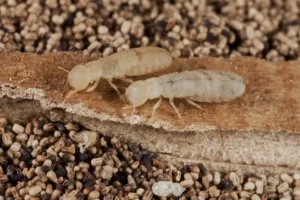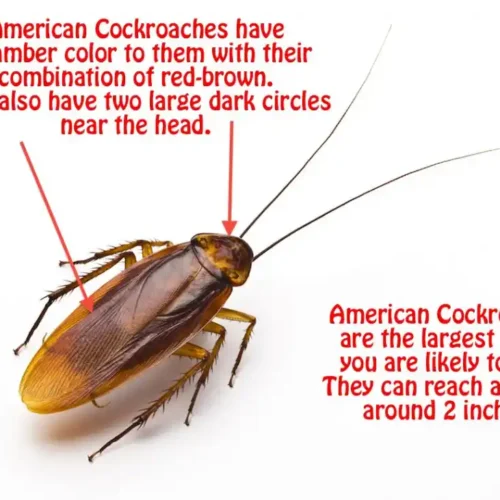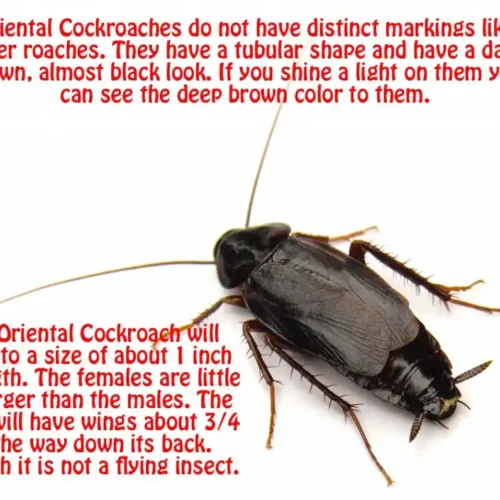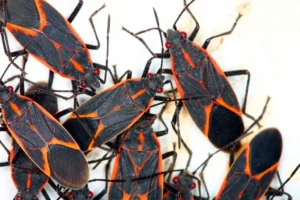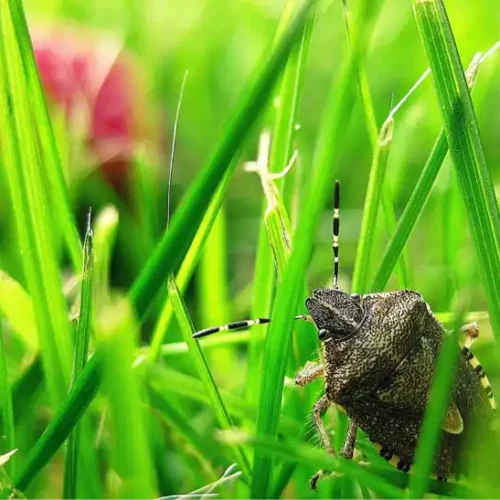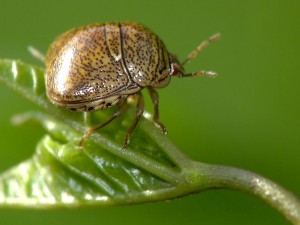
It is fall, and with fall comes cooler temperatures and the season onslaught of bugs that are making their way into your home.
So what bugs are invading your home? We’ve compiled a short list to be on the look out for.
Asian Ladybugs
Sometimes considered to be Ladybugs, the Asian Ladybug can be a different coloring than the traditional red and black we are familiar with. The Asian Ladybug is looking for that place to hibernate for the winter. They are likely finding their way into your house around cracks or openings at windows and doors. The Asian Ladybugs are also more prevalent on the sunnier sides of your home.
There is not much to worry about when it comes to your health or home. The bugs are not going to pose a threat to anyone or any property. They are a nuisance bug and when they get caught in your home in the masses they will likely be flying around and landing on you from time to time. A simple vacuum will be able to clean up the living and the dead bugs and you can then dispose of them outside. If you do not get a perimeter pest treatment (and sometimes even if you do) they will likely show back up for a few more weeks until winter starts to really set in.
Stink Bugs
We’ve talked a lot about the Stinkbug lately. Much newer to the North American landscape the Stink Bug does not have a natural predator in this part of the world so they are basically growing without any population control. So when stink bugs are bad, they are really bad. They are rather large in size (for a bug) and have a tough eco-skeleton that makes them tough to squash (you have to really commit to it). They also secrete a smelly enzyme that warns other stink bugs from coming in that direction.
Stink bugs feed on vegetation, so they are terrible for farmer’s crops. However, homeowners have little to worry about beyond coming across the bugs on a regular basis in your home. They find their way into the home through cracks and openings. They, much like the ladybug, are looking for a place to call home for the winter. You can create some stink bug traps or just vacuum them up periodically and dispose of outside.
Spiders
Spiders will only be making their way into your home because their food sources are trying to get into your home as well. If you have a pretty active spider scene outside during the spring and summer months you will like see an up-tick in spider activity in the home.
Most spiders are not a threat to you home and family. The acception to this rule is the black widow and the brown recluse spider. Both spiders like to be in places that are not disturbed very much, so be cautious with basement rooms or bedrooms that are rarely used. Those would need a quick inspection to make sure they are free and clear of those spiders before you welcome guests or let kids play freely. Orb spiders or wolf spiders that make their way into your home are just looking for their next meal, not you. They can easily be scooped up or squashed and discarded outside.
Kudzu Bug
The Kudzu Bug is a close relative to the Stink Bug but has more the shape of the ladybug. The Kudzu Bug is also new to North America, it is generally believed that it came to the continent via air travel/transportation. Since it has no known predators on this continent its population has grown exponentially. This time of the year they are making their way from the plants that they call home & a food source and looking for a place to hibernate. So if they favor your home you likely have a large amount of these greenish-ladybug looking things crawling all over.
The Kudzu Bug does not pose a threat to humans, and can be disposed of in same fashion as the ladybug and stink bug. If you tried to squash them their secretions could stain floors, carpets, and other furniture. Chemical treatments that you can find at the grocery or hardware store will not work for kudzu bugs. If you have such an infestation that you are totally overwhelmed and cannot vacuum fast enough then contact a pest control professional. Commercial grade pest chemicals can help and they would have the tools to help put a perimeter around your home and many of the access points to your home.
 As the days get shorter and falling temperatures force people to become more of a homebody, many fall pests will have the same idea of making your house a home.
As the days get shorter and falling temperatures force people to become more of a homebody, many fall pests will have the same idea of making your house a home.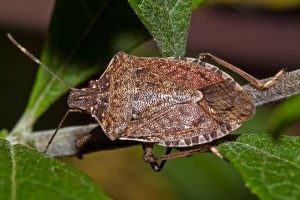 Along with turning leaves, cooler temperatures and the beginning of the school year, stink bug sightings around the house are another sure sign that fall has arrived. These pests begin to enter homes at the onset of cooler weather looking for overwintering spots.
Along with turning leaves, cooler temperatures and the beginning of the school year, stink bug sightings around the house are another sure sign that fall has arrived. These pests begin to enter homes at the onset of cooler weather looking for overwintering spots. 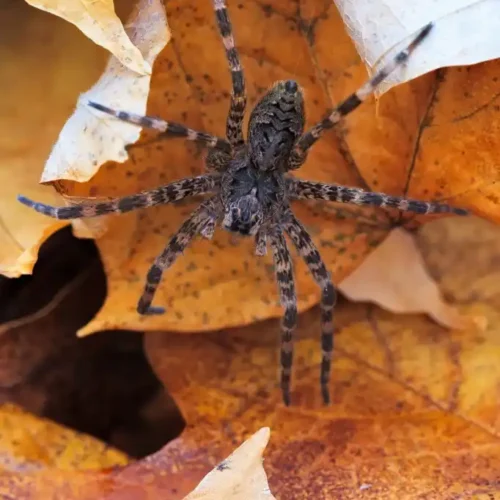 With Halloween right around the corner, sightings of classic creepy bugs and creatures will surely be on the rise as homeowners decorate for the spookiest day of the year. We like to remind our homeowners
With Halloween right around the corner, sightings of classic creepy bugs and creatures will surely be on the rise as homeowners decorate for the spookiest day of the year. We like to remind our homeowners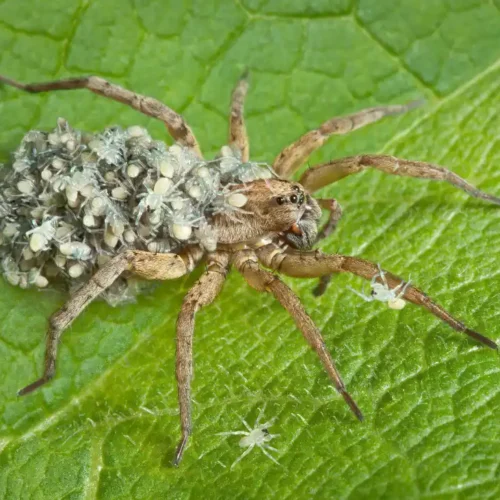 Wolf spiders are one of the largest spiders that you will come across in the state of Tennessee. But don’t act so fast to kill one, you might be harming your own home by doing so.
Wolf spiders are one of the largest spiders that you will come across in the state of Tennessee. But don’t act so fast to kill one, you might be harming your own home by doing so.
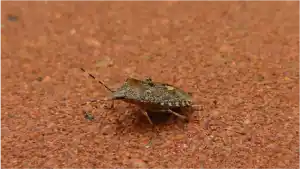
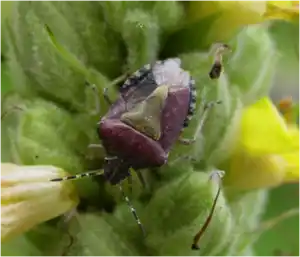
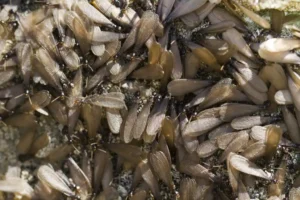
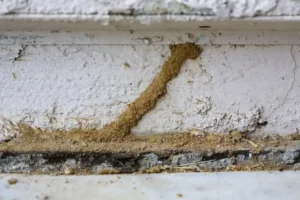 Mud Tunnels: Subterranean termites, as mentioned before, will remain underground and emerge to find food sources. Termites need the ability to move without drying out and being exposed to predators so they will create mud tunnels that allow them to move from the ground towards & through a food source. Tunnels will often be found in moist & cool areas of ground. Crawl spaces, shaded areas of a home’s foundation, and wood piles are popular spots where termites surface and start feeding. Tunnels in the earliest of stages can be difficult to spot because of their size, so it is important to look carefully around the house for mud tunnels.
Mud Tunnels: Subterranean termites, as mentioned before, will remain underground and emerge to find food sources. Termites need the ability to move without drying out and being exposed to predators so they will create mud tunnels that allow them to move from the ground towards & through a food source. Tunnels will often be found in moist & cool areas of ground. Crawl spaces, shaded areas of a home’s foundation, and wood piles are popular spots where termites surface and start feeding. Tunnels in the earliest of stages can be difficult to spot because of their size, so it is important to look carefully around the house for mud tunnels.